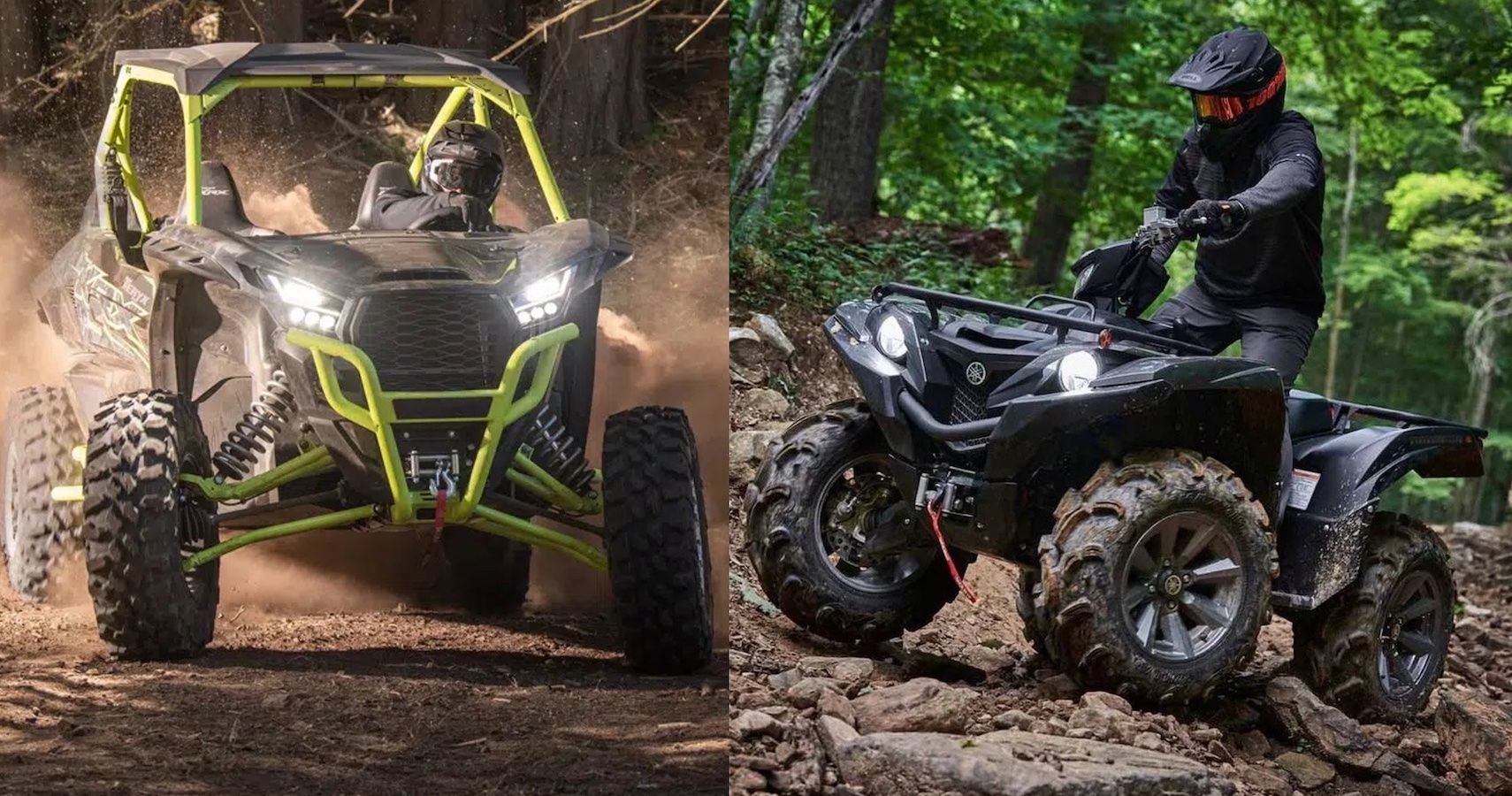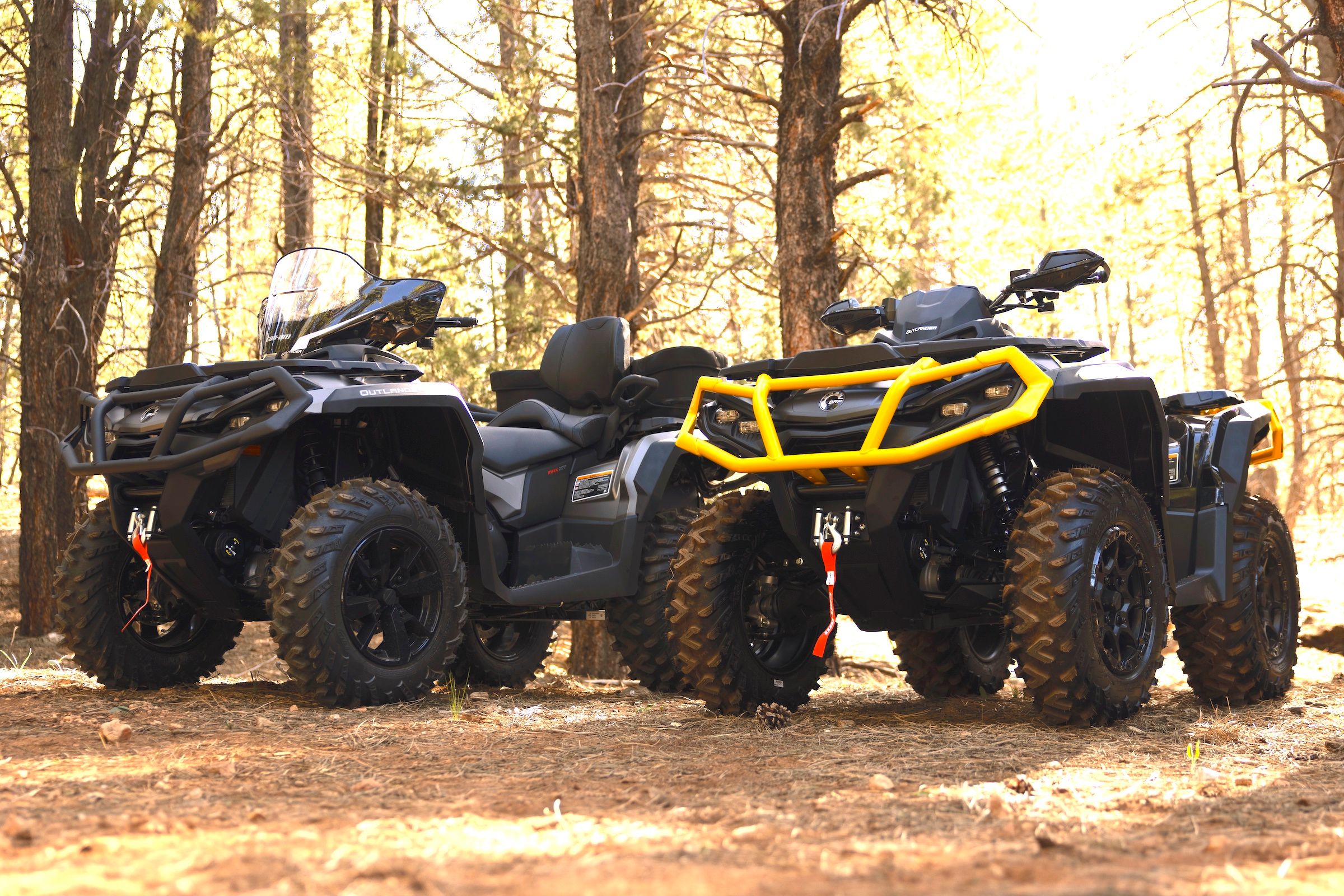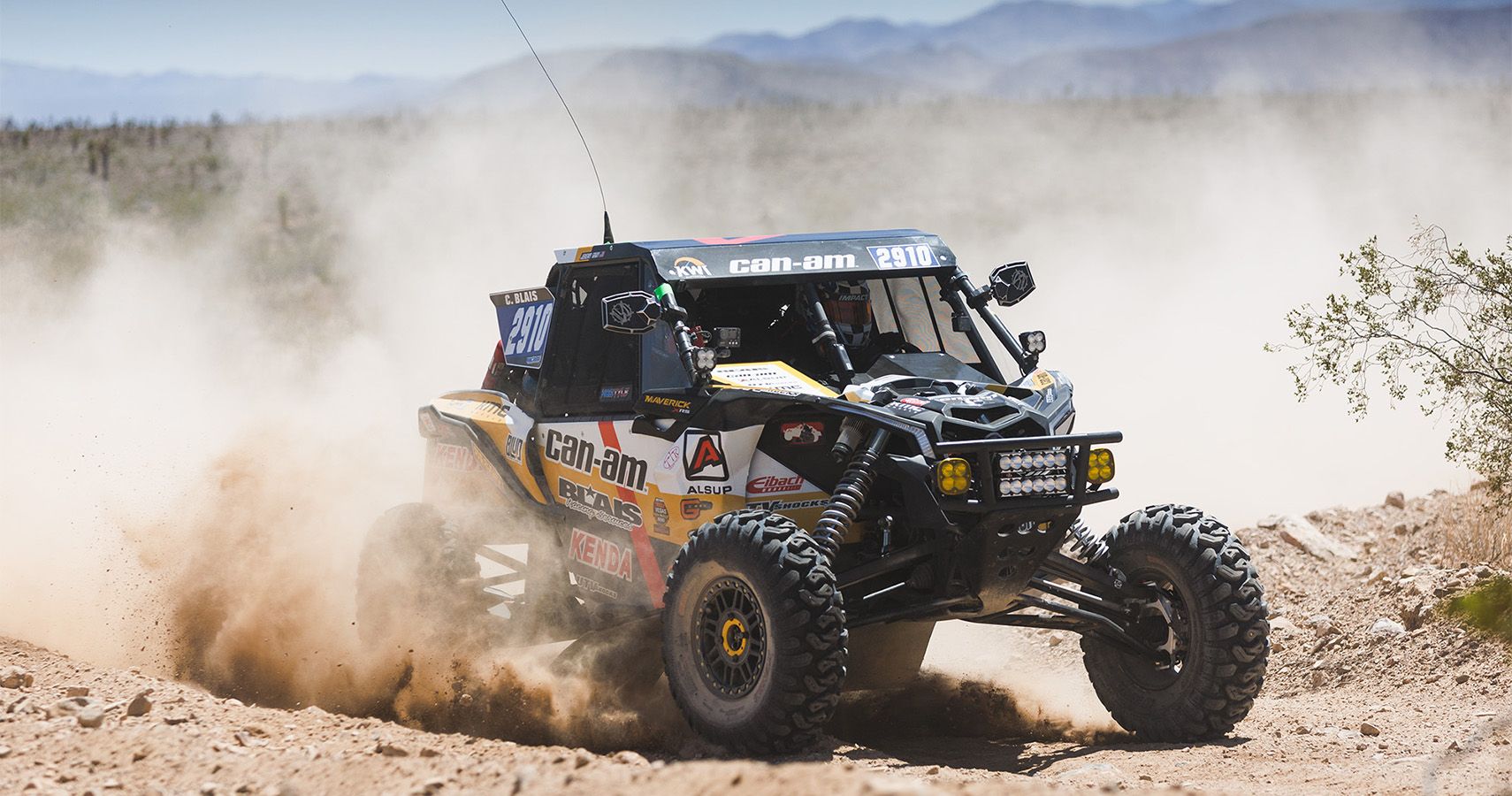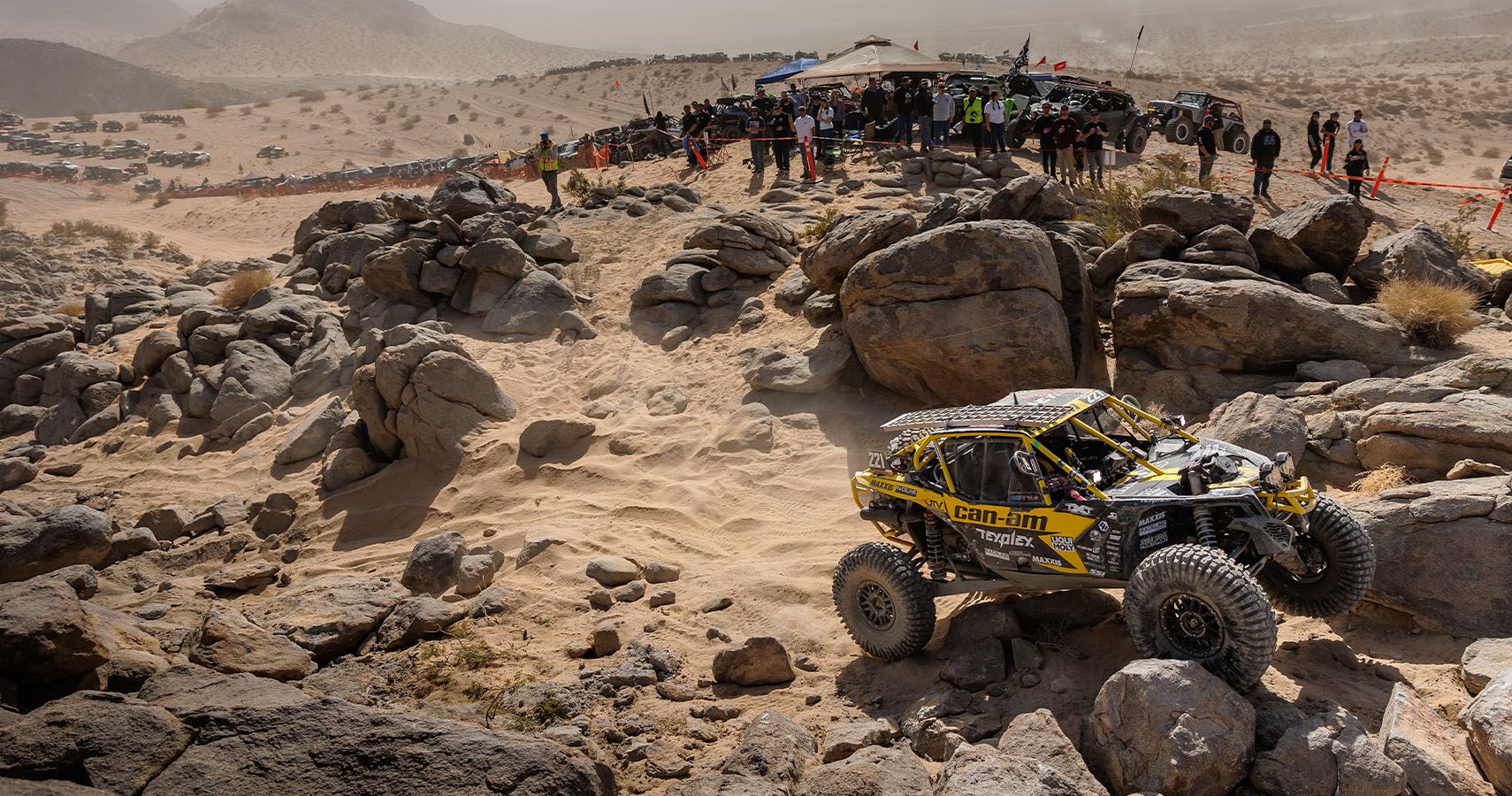When it comes to off-road 4x4 recreational vehicles, two similar terms pop up in the form of ATVs and UTVs, and while many people think that they’re basically the exact same thing, that isn’t actually the case. We’re here to set the record straight and settle the debate once and for all.
It’s definitely true that both ATVs and UTVs are from the same family of vehicles, but even a quick look at each class is enough to notice vast differences. Both have military applications, manufacturers tend to make both types, and either is extremely fun to blast on the dirt. However, their overall capabilities, complexions, and price ranges are just some of the numerous factors that set them apart.
So, without further ado, let’s take a look at the difference between ATVs and UTVs, and which is best suited for you depending on your off-roading needs.
5 Best New Off-Roaders On The Market
An In-Depth Look At The ATV
First let's break down the definition of ATV, otherwise known as a Quad Bike. It stands for All-Terrain Vehicle, but that alone is a pretty general term that doesn’t really specify the distinctive features of an ATV. Atvsafety.org defines an ATV as “a motorized off-highway vehicle designed to travel on four low-pressure or non-pneumatic tires, having a seat designed to be straddled by the operator and handlebars for steering control.”. That’s pretty self-explanatory, and it means that as long as it's a 4x4 vehicle with a straddle seat that’s controlled via handlebars, then it classifies as an ATV.
That’s the overall gist of it, but it’s also worth going over the two different subclasses that differentiate ATVs. The first comes in the form of Type I ATVs, which basically means that they come with a one-straddle seat that can only accommodate a single driving passenger. Type II ATVs come with a larger straddle that can accommodate the driver and another passenger.
The Characteristics Of A UTV
Now that we know what an ATV is, let’s move on to its relative, the UTV. In reality, there’s a bit of a debate concerning what UTV truly stands for, and while many think it means “Utility Terrain Vehicle”, others say the acronym stands for “Utility Task Vehicle.” We’ll let you decide which one makes more sense once we’ve explained what classifies as a UTV.
Commonly referred to as a side-by-side, the UTV is exactly that, a 4x4 designed specifically for off-road use, featuring two side-by-side seats, a gasoline engine, seat belts, a roll cage, and a rear cargo area. These factors make the UTV considerably larger than an ATV, and it offers a larger variety of uses because of its general features.
Picking Between An ATV And A UTV
Choosing between both types of recreational 4x4s ultimately depends on your specific needs, and your budget. Thanks to their larger build and enhanced capabilities, UTVs are almost always more expensive than alternative ATVs. They have larger and more powerful engines, more comfortable side-by-side seating, and are capable of carrying cargo as well as towing a trailer. If you want a more practical and complete off-roader, then you should definitely opt for a UTV.
To provide some perspective on just how capable UTVs can get, let’s look at one of the best models the market has to offer - the Yamaha YXZ1000R. Powered by a 1.0-liter 3-cylinder engine that produces 103 horsepower and 113 pound-feet of torque, it’s capable of blasting from 0-60 mph in just 4.1 seconds while on its way to a top speed of 105 mph.
On the other hand, ATVs are better suited for those whose intent is solely to have some off-road fun, since they provide virtually no utility or practicality whatsoever. Thanks to ATV’s smaller size and straddle seat, they’re more nimble than UTVs, allowing the driver to make more complicated maneuvers and - in some cases, catch some air and try some tricks. Hardly any ATVs are faster than UTVs due to engine sizes and safety, but some performance versions are capable of achieving top speeds of around 80 to 90 mph.
That pretty much sums up the differences that separate ATVs and UTVs from one another. Just like all vehicles, both classes are consistently getting better as time passes, with new tech and more efficient engines that continue to push their limits. We might even begin to see high-performance fully electric ATVs and UTVs before long, who knows.
Sources: Atvsafety, Atv.com, motorsocietyusa




